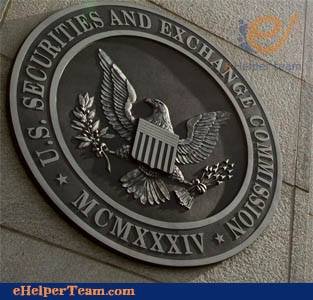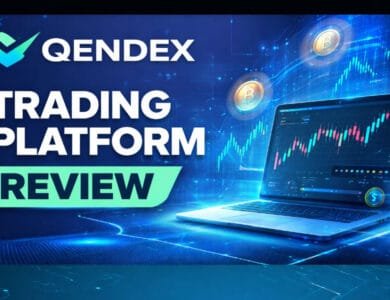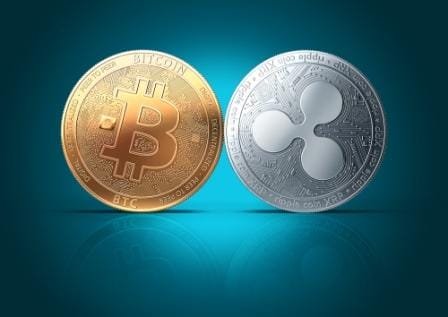How to Use XRP in Your Crypto Portfolio
Building a balanced and thoughtful crypto portfolio is about more than chasing hype or buying the hottest coin of the week. It’s about understanding the role each asset plays and how it contributes to your overall goals. For many investors, XRP has become a compelling option to consider. It’s fast, scalable, and built for a specific real-world use case — cross-border payments. But how do you actually use XRP in your crypto portfolio?
XRP is the native digital asset of the XRP Ledger, and it powers Ripple’s global payment network. Unlike Bitcoin, which is often seen as digital gold, or Ethereum, which powers a vast smart contract ecosystem, XRP is designed with speed and utility in mind. It enables fast and low-cost international transfers and has gained adoption among banks, financial institutions, and remittance companies. These qualities make it an attractive asset for investors who are looking beyond purely speculative plays
When you look to invest in XRP, it helps to understand where it fits in a diversified portfolio. The cryptocurrency market is known for its volatility, and spreading your investments across different categories can help reduce risk. XRP often behaves differently from other major coins. It doesn’t always move in perfect sync with Bitcoin or Ethereum, which means it can help smooth out some of the market swings if used strategically. That makes it a valuable diversifier, especially during turbulent periods

To diversify with Ripple, many investors choose to allocate a portion of their portfolio to XRP as a mid-cap layer-one asset. It sits somewhere between highly speculative low-cap coins and large-cap giants like BTC and ETH. Because it’s backed by real use cases and growing institutional adoption, it brings a unique balance of utility and long-term potential. If you’re investing with a medium- to long-term horizon, allocating 5% to 15% of your portfolio to XRP could provide exposure without over-concentration
Another way XRP fits into a portfolio is through its liquidity and transaction speed. Traders who actively move between assets appreciate that XRP transactions settle in seconds and come with extremely low fees. This makes XRP ideal for use as a transfer currency between exchanges or wallets, especially when time matters. You can think of XRP not only as an investment but also as a functional tool in your broader crypto strategy
Staking isn’t available natively with XRP, unlike with some proof-of-stake coins, but there are platforms that offer yield or lending services with XRP holdings. While this comes with added risk, it’s an option for those looking to generate passive income. Just be sure to choose reputable platforms and understand the risks involved with third-party custodians
One of the key factors to watch when managing your XRP portfolio is regulatory news. XRP has faced scrutiny from U.S. regulators, most notably through the SEC lawsuit against Ripple Labs. Price tends to react quickly to developments in this area, both positive and negative. Staying informed on legal proceedings and potential partnerships will help you make smarter decisions about your position size and timing
Some investors choose to trade XRP actively, taking advantage of its volatility. Others prefer a long-term hold strategy, believing that Ripple’s growing network of partners and increasing adoption will eventually reflect in XRP’s price. Both approaches can be valid depending on your risk tolerance, time horizon, and investment style
XRP can also serve as a hedge against overexposure to Ethereum-based assets. Since its use case is different, and it operates on its own ledger, it’s not as susceptible to the same network congestion or gas fee issues that can affect Ethereum tokens. This can bring some balance to portfolios that are otherwise heavily concentrated in ERC-20 tokens or DeFi assets
In summary, using XRP in your crypto portfolio is about understanding its unique strengths and potential risks. Whether you see it as a long-term value play, a trading asset, or a tool for cross-platform liquidity, XRP offers versatility that few other coins can match. By incorporating it thoughtfully, you’re not just betting on price — you’re positioning your portfolio for a more functional and diversified future




